Tuscany is renowned for its spectacular landscapes and rich culture, but it is also home to an incredible array of bird species.
With its diverse habitats ranging from the coastal wetlands of the Maremma to the wooded hills of Chianti, Tuscany supports a variety of birdlife, making it a top destination for birdwatchers.
The region’s birds form an essential part of its ecosystem, contributing to the unique biodiversity that characterizes the region.
From colorful songbirds to raptors soaring over the hills, Tuscany’s birds offer a fascinating and immersive experience for anyone who wants to discover the region’s wildlife.
In this article, we will explore Tuscany’s birdlife, highlighting its unique species, habitats and conservation efforts.
1. Hoopoes
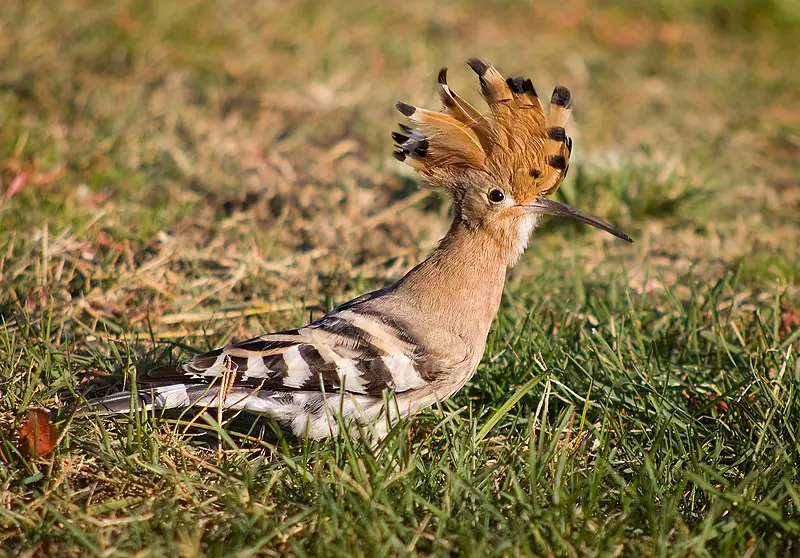
Hoopoes are a fascinating species of bird, found across Africa, Asia and Europe. They have beautiful plumage with unique ‘crowns’ of feathers on their heads.
Three living and one extinct species exist – although for some time they were all classed as the same species: Upupa epops. Some taxonomists still believe this to be true.
These birds are often associated with royalty due to the impressive crown-like crest atop their head, adding an extra element of mystery and exoticism to these creatures.
Hoopoes can also produce loud calls which sound like “hoo-poo” hence why they’ve been given such an apt name.
Scientific classification:
| Kingdom | Animalia |
| Phylum | Chordata |
| Class | Aves |
| Order | Bucerotiformes |
| Family | Upupidae Leach, 1820 |
| Genus | Upupa Linnaeus, 1758 |
Also Featured In: Egyptian Birds, Turkey Birds You Should Know
2. Eurasian Spoonbill
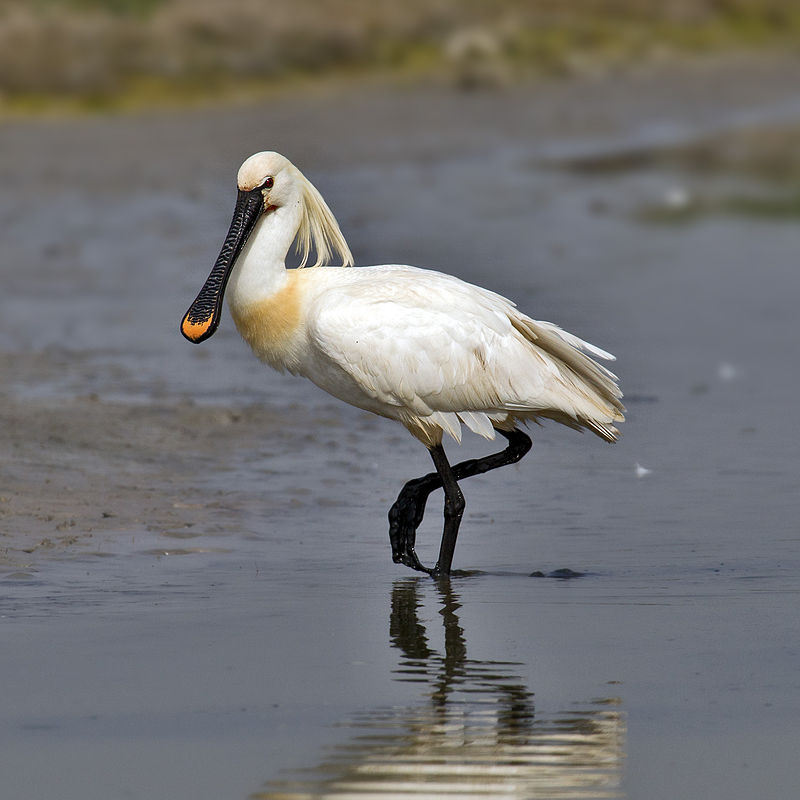
The Eurasian spoonbill is a unique and remarkable wading bird, belonging to the ibis and spoonbill family. It has an unmistakable bill which is broad in shape, giving it its Latin name Platalea “broad”.
Its scientific name ‘leucorodia’ comes from Ancient Greek meaning literally ‘white heron’ due to its predominantly white plumage.
In England this beautiful bird was traditionally known as the ‘shoveler’ because of its distinctive beak.
This rare species can often be found near wetlands or coastal areas where they feed on fish, crustaceans, insects and aquatic invertebrates.
The Eurasian Spoonbill is truly an incredible creature that deserves our protection.
Scientific classification:
| Kingdom | Animalia |
| Phylum | Chordata |
| Class | Aves |
| Order | Pelecaniformes |
| Family | Threskiornithidae |
| Genus | Platalea |
| Species | P. leucorodia |
Also Featured In: Most Common Romanian Birds, Native Birds of Kazakhstan
3. European Roller

The European roller is a beautiful bird belonging to the Coracias family, and it’s the only one of its kind found in Europe.
It inhabits various habitats such as dry wooded savanna, bushy plains and other areas except for treeless ones.
During wintertime they usually nest in tree holes, while their range extends into Middle East, Central Asia and Maghreb regions.
They have vibrant blue feathers with black stripes along the neck area which makes them stand out from other birds easily.
Its diet consists mainly of insects like grasshoppers or beetles that are hunted by catching them mid-air during flight; this feature adds an extra charm to these magnificent creatures.
Scientific classification:
| Kingdom | Animalia |
| Phylum | Chordata |
| Class | Aves |
| Order | Coraciiformes |
| Family | Coraciidae |
| Genus | Coracias |
| Species | C. garrulus |
Also Featured In: Ukrainian Birds You Should Know, Common Uzbekistan Birds
4. Cetti’s Warbler
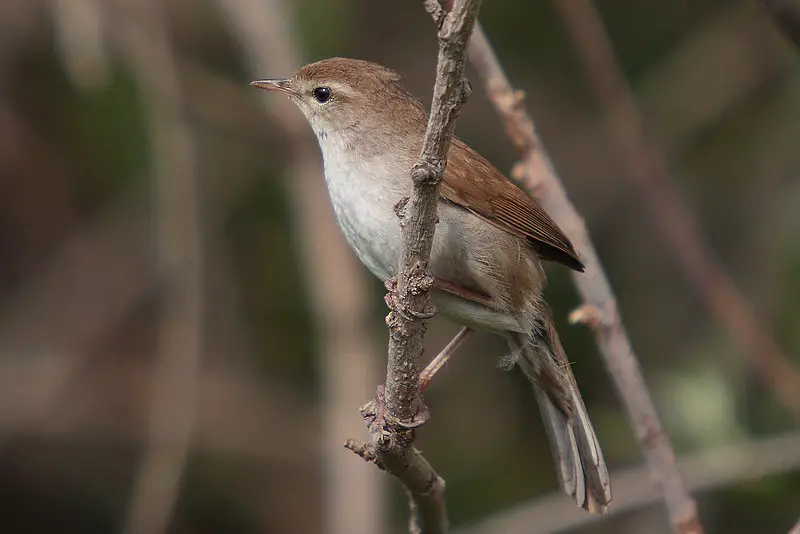
Cetti’s warbler is a small, brown bush-warbler that breeds in southern and central Europe, northwest Africa and the east Palearctic.
It has skulking habits which make it difficult to see but its beautiful song can still be heard throughout these regions.
The bird was named after 18th century Italian zoologist Francesco Cetti due to his research on this species of warblers.
This hardy little bird lives in dense vegetation near marshes, wetlands and other water bodies such as riversides or lakeshores where they feed mostly on insects during their breeding season from April till August.
Despite being shy around humans once accustomed to them they are known to be quite friendly with people who visit their habitat regularly.
Scientific classification:
| Kingdom | Animalia |
| Phylum | Chordata |
| Class | Aves |
| Order | Passeriformes |
| Family | Cettiidae |
| Genus | Cettia |
| Species | C. cetti |
Also Featured In: Birds of Czech Republic, Common Serbian Birds
5. Purple Heron
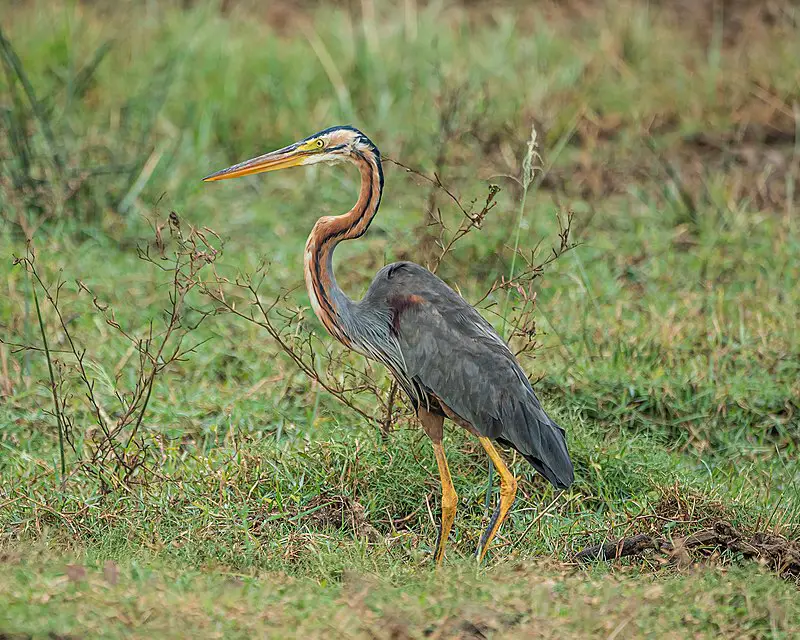
The Purple Heron is a majestic wading bird from the heron family which can be found in Africa, central and southern Europe, as well as southern and eastern Asia.
It has an impressive wingspan of up to 1.2 meters and its plumage usually ranges from grey-blue to purple on its back with brown streaks on it’s chest.
This species breeds during summer months before migrating for winter habitats where they feed mainly on fish or frogs near wetlands or rivers.
The scientific name Ardea purpureus originates from Latin words meaning ‘heron’ and ‘coloured purple’ respectively – referring to this bird’s beautiful colouration.
Scientific classification:
| Kingdom | Animalia |
| Phylum | Chordata |
| Class | Aves |
| Order | Pelecaniformes |
| Family | Ardeidae |
| Genus | Ardea |
| Species | A. purpurea |
Also Featured In: Most Beautiful birds of Greece, Common Birds of Maharashtra
6. Pallid Swift
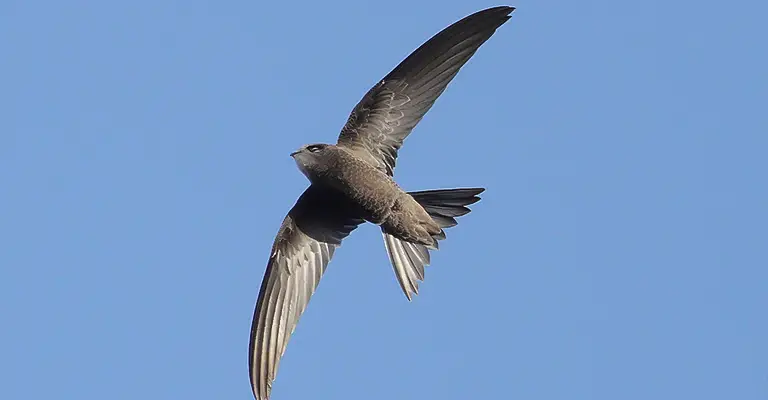
The Pallid Swift is a small bird that looks similar to the barn swallow or house martin, but it belongs to an entirely different order of birds.
This similarity in appearance is due to convergent evolution, which reflects their shared lifestyles.
These swifts have very short legs used only for clinging onto vertical surfaces such as walls and trees.
They are mostly found flying over open countryside during migration season and they feed on insects while in flight.
The feathers of this species range from greyish-brown above with white patches along its wings and tail, while beneath the body usually appears pale yellowish-white.
While these birds can be quite noisy when around roosting sites, they tend to remain silent when migrating through areas where humans live.
Scientific classification:
| Kingdom | Animalia |
| Phylum | Chordata |
| Class | Aves |
| Order | Apodiformes |
| Family | Apodidae |
| Genus | Apus |
| Species | A. pallidus |
Also Featured In: Birds found in portugal, Common Birds of Portugal
7. Squacco Heron
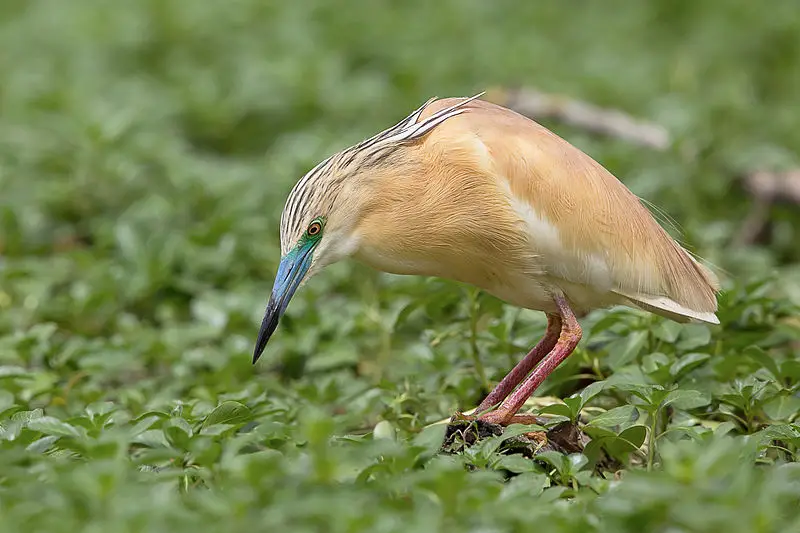
The Squacco Heron is a small heron species native to the Old World that breeds in parts of Europe and the Greater Middle East, before migrating south for winter.
They measure around 44-47 cm long with an 80-92 cm wingspan, making them one of the smaller species of herons.
Their body length measures 20-23cm while they have greyish or brown plumage on top and white or yellow underneath.
The neck has some streaking patterns giving it its name “squacco” which means speckled in Italian. It feeds mainly on fish, frogs and insects near shallow waters such as marshes, swamps and streams.
Rarely sighted north of their breeding grounds this curious little bird should be admired if spotted.
Scientific classification:
| Kingdom | Animalia |
| Phylum | Chordata |
| Class | Aves |
| Order | Pelecaniformes |
| Family | Ardeidae |
| Genus | Ardeola |
| Species | A. ralloides |
Also Featured In: Bahrain birds, Armenian Birds You Should Know
8. Ferruginous Duck
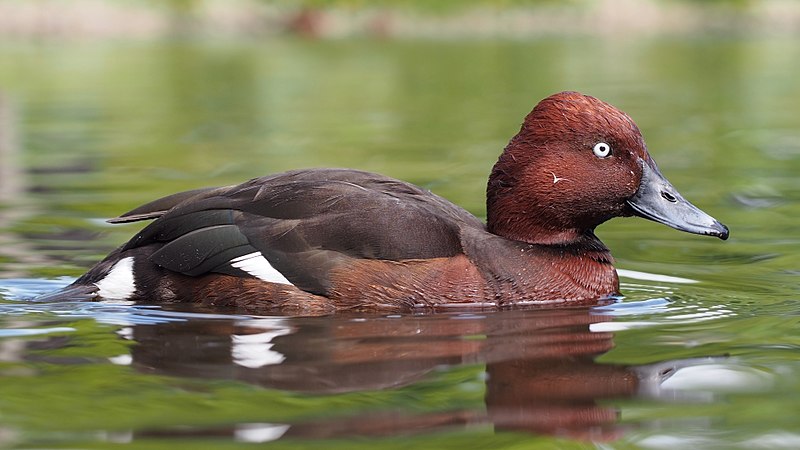
The Ferruginous duck, also called the Ferruginous pochard, is a diving duck found in Eurosiberia.
Its scientific name comes from the Greek word “aithuia” meaning unidentified seabird and the Russian word “nyrok” for duck.
The male duck has a dark chestnut plumage on its head and breast during breeding season. This medium-sized bird is commonly known as the common white-eye or white-eyed pochard.
This bird is known for its diving ability to search for food and can stay underwater for up to 30 seconds.
The Ferruginous duck is considered vulnerable due to habitat loss and hunting, and conservation efforts are being made to protect the species.
Scientific classification:
| Kingdom | Animalia |
| Phylum | Chordata |
| Class | Aves |
| Order | Anseriformes |
| Family | Anatidae |
| Genus | Aythya |
| Species | A. nyroca |